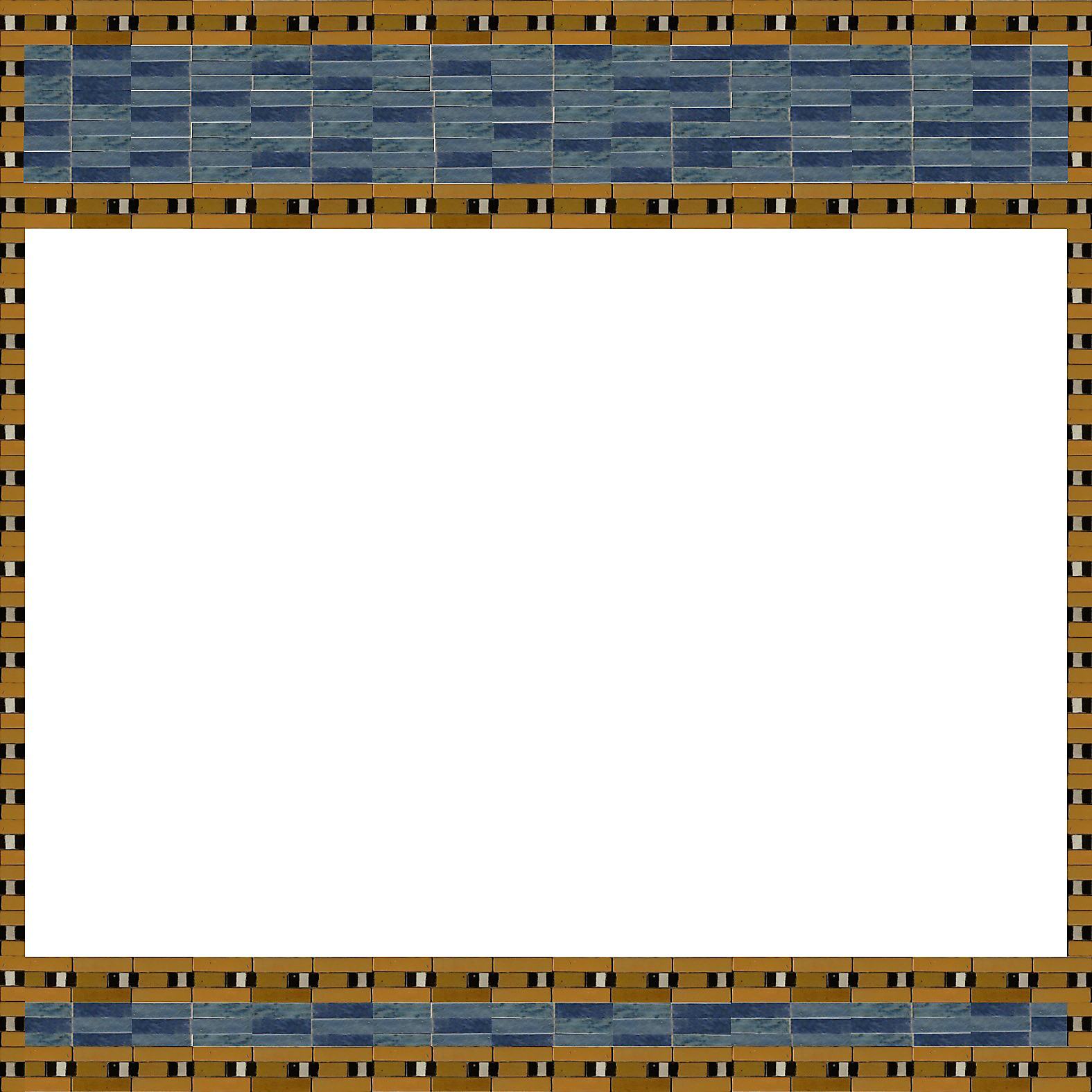Into the Hanging Gardens - A Pianist's Exploration of Arnold Schönberg's Opus 15
Return to Contents Bibliography
The project and my reflections on it offer other researchers and performers the opportunity to consider Schönberg’s Opus 15 from my perspective as a pianist. I have articulated tacit knowledge related to my experience of Opus 15 and my role as a collaborative pianist in different contexts and described an artistic process that transformed my views on the cycle. While my early understanding was (partly subconsciously) influenced by the assumption that this music should sound “modern”, and I was preoccupied with a “correct” reading, perfect ensemble coordination and clean playing, I now experience Opus 15 as highly expressive music which I strive to convey to an audience through a personal yet respectful interpretation in a truly equal partnership with the singer. The different contextualisations in which I placed the cycle had an immense impact on this process. My involvement with the poetry had a long-term influence on my evolving understanding of Opus 15, whereas the contextualisation with other Lieder by Schönberg had the most immediate transformational effect. All turning points that changed my perception of my role as a collaborative pianist in this repertoire originated from sources external to the immediate dialogue between the score and myself. The artistic process was influenced by my reflections on reception, recordings by other performers, and my growing awareness of what true collaboration entails.
Through this reflection, I both open my artistic world to the reader and at the same time reveal insights that can help others who work with this repertoire. The reflection text in conjunction with the artistic results offers insights into the poetry and how it guided my singers and me in our search for an expressive and unique performance. My insights into the poetry are not only useful to non-native speakers, as I took great care to go beyond the surface imagery and literal meaning in my discussion of it, and revealed how its different layers influenced my performance decisions as a pianist. I considered how to expose and communicate my understanding of Opus 15 to an audience and discussed the impact of recordings by other performers as well as how our approaches differ. With regard to the music, I elaborated on both artistic and craft-related aspects, including learning strategies, and revealed the transformation of my understanding of Schönberg’s musical language. I considered Schönberg’s performance ideals and performance practices of the time and discussed how a changed perception of collaboration influenced my performance of Opus 15. Due to the cycle’s complexity and extreme expressivity, a successful performance needs true collaboration. Then, the voice of the piano will come out on its own. Instead of over-controlling a performance to make it sound “smooth” and “nice”, both performers should remain slightly uncomfortable to reveal the expressivity of Opus 15.
Through my perspective as a performer, and a pianist, in particular, I revealed new insights on Opus 15. While Kerrigan1 also wrote on the cycle from a performer’s view, her understanding of it differs from mine due to her perspective as a singer. Our contrasting viewpoints are most tangible in our different understanding of the recordings we studied. For example, in one recording, she perceives empathy between the performers,2 whereas I hear that the pianist mainly follows the singer. Although the insights I reveal can be useful for other performers, they should not be read like a manual. Each artist has to find his or her own solutions. I realised that it takes time to immerse oneself completely in this music and that, like for any other repertoire, this immersion is necessary for a convincing performance. As Moore pointed out “[…] the art of accompanying and ensemble playing will come to the student as the result of his own experience, patience and perseverance.”3 Even though my reflections are connected to my artistic results, nothing can compare to the first-hand experience.
Besides articulating a pianist’s insights on Opus 15, thus complementing Kerrigan’s study of the cycle from the singer’s perspective,4 I believe the most significant contribution to knowledge made by this project is that it helps others to re-think the role of the collaborative pianist. As I wrote in my reflection text, the role of the collaborative pianist does not exist, and the skills and competencies a collaborative pianist needs and the way they have to be balanced differ for each collaboration context. Discussing the influence of different contexts on my role and artistic identity as a collaborative pianist, I revealed insights that could have an impact on higher music education as well as future artistic research projects related to ensemble work.
The immense impact that I felt this project had on me as an artist might not be as perceptible from an outside view on the artistic results as it feels to me. This project has given me a deeper understanding of collaboration and made me grow as a pianist and artist. I take with me the realisation that I have to continually re-examine my artistic ideas and their practical realisation to unmask untruths and preconceptions. It can be challenging to discover automatisms that result from the role we cast ourselves in, but each artistic context is unique and requires a new negotiation of ideas and balancing of skills. A performer’s work is never done, and the process of reflection is never finished.
Continue →

